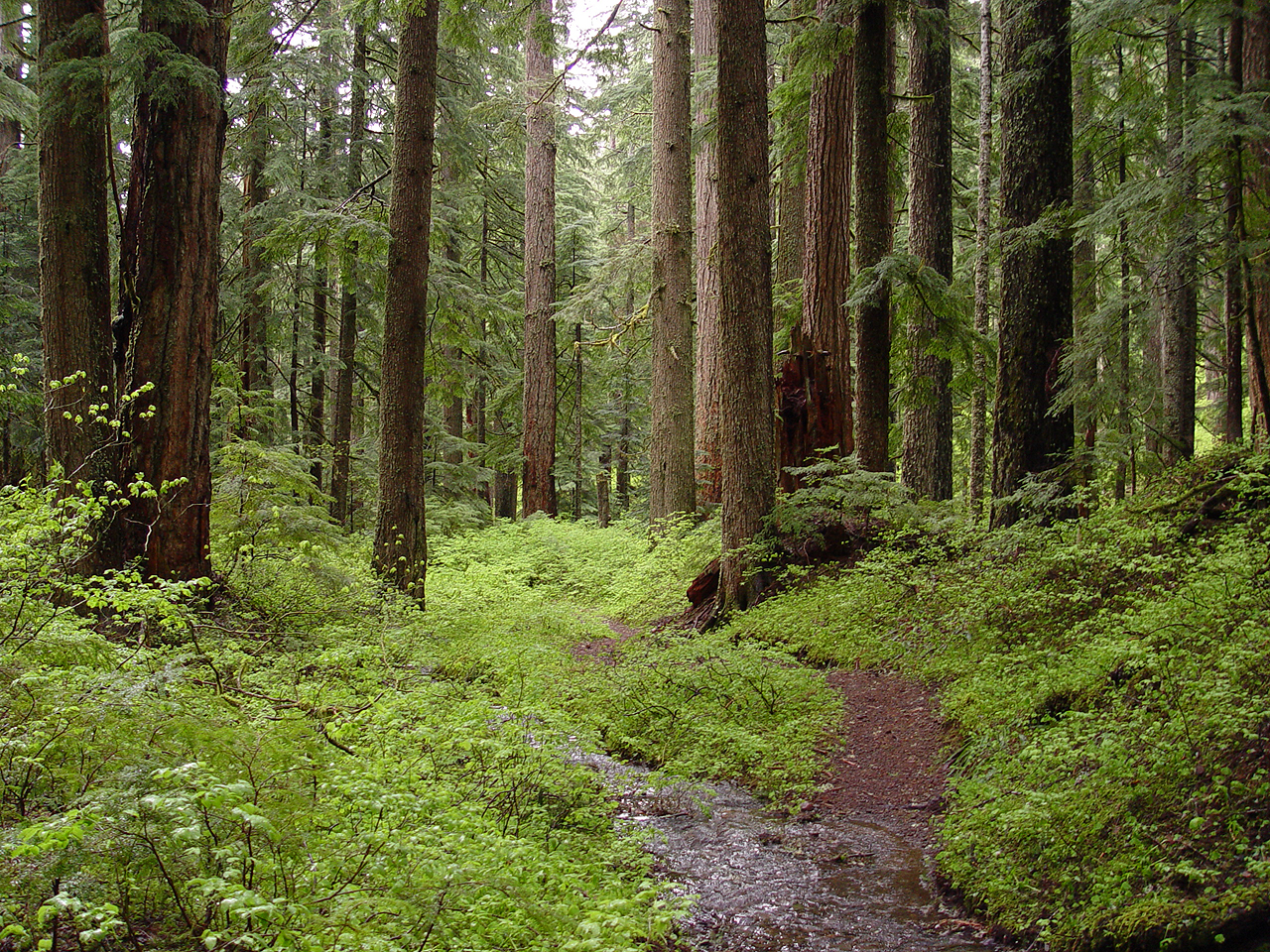Reforestation: Industrial-style

With nearly 48 acres of woodlands worldwide being cleared every minute, the ability of nature to replenish itself has been overwhelmed. This realization spurred an engineer at the Bangalore, India facilities of Toyota Motor Corporation to apply the lessons of his own work towards developing a method to overcome this problem. Shubhendu Sharma has put together a strategy for quick re-forestation that’s adaptable to any conditions that’s based on the just-in-time manufacturing philosophy pioneered by Toyota.
The first spark that launched this project was the landscaping work performed at the Bangalore site by Japanese forester Akira Miyawaki. When Mr. Sharma witnessed the speed and success of the transformation, it occurred to him that this technique could have potential elsewhere. The original approach is centered on reclaiming land damaged by various industrial processes. To accomplish this, a thick carpet of indigenous flora is installed to rapidly re-establish the lost wildlife community.
Shubhendu Sharma took this idea and combined it with the manufacturing concept of standardization and structured it in a more generalized, abstract form that’s usable in all environments. Once he developed the basic rules of this technique, Mr. Sharma tested it at his own residence by gathering the suitable native tree species to create a woodlot that provided a heavy, cool canopy that drew in additional bird species.
With this first experiment proving to be a clear success, Mr. Sharma set about turning the whole thing into a business in 2011. Naming it Afforestt, he targets both private enterprise and governments as customers for re-establishing wild environments.
The various projects Afforestt has tackled have supplied learning experiences that Mr. Sharma hopes to share with other private and non-profit wildlife restoration organizations. This cooperation would include a freely-available online catalog of regional indigenous plants that have the greatest success with rapid regrowth. He’s also looking at developing a global network of soil probes that can be remotely accessed for real-time project information.
